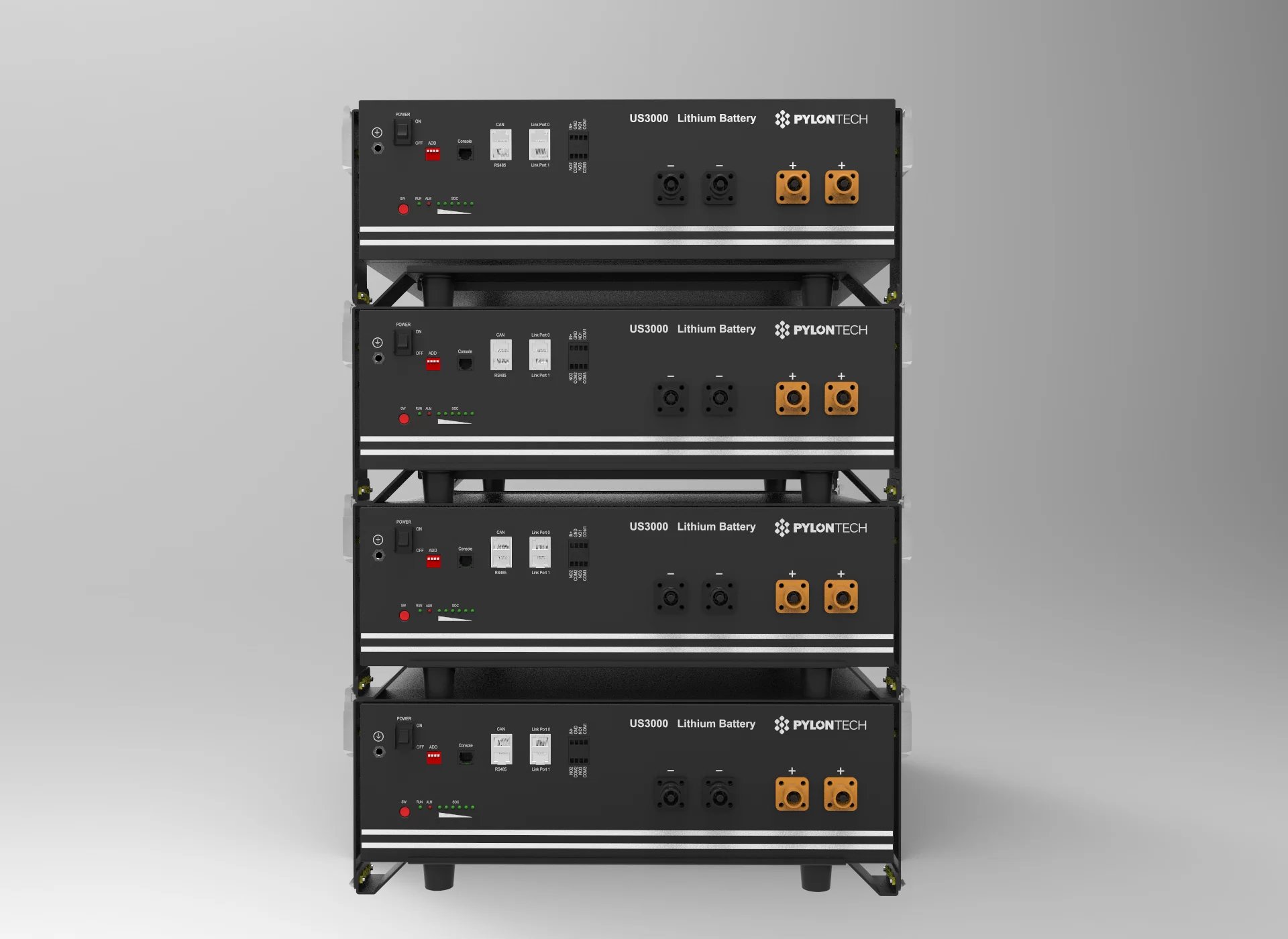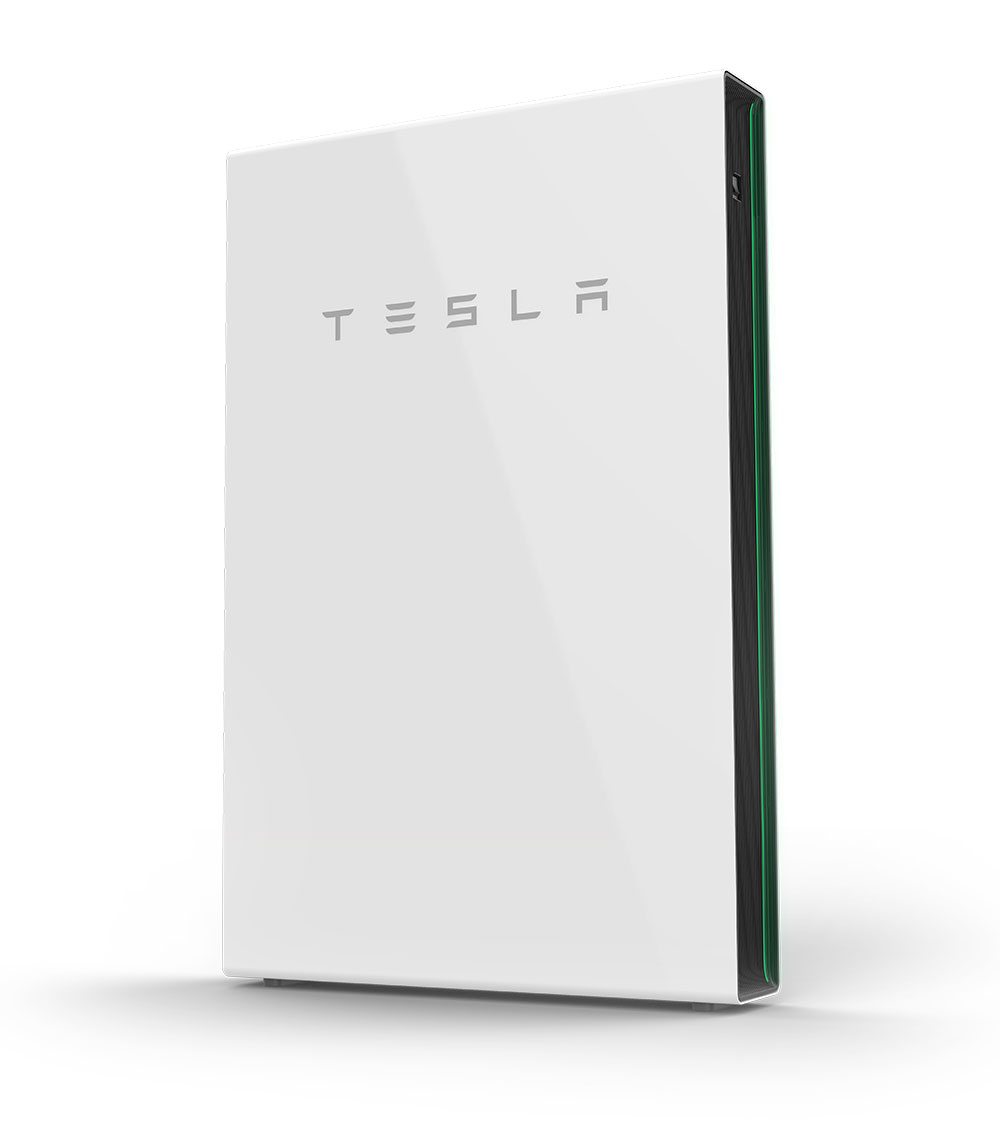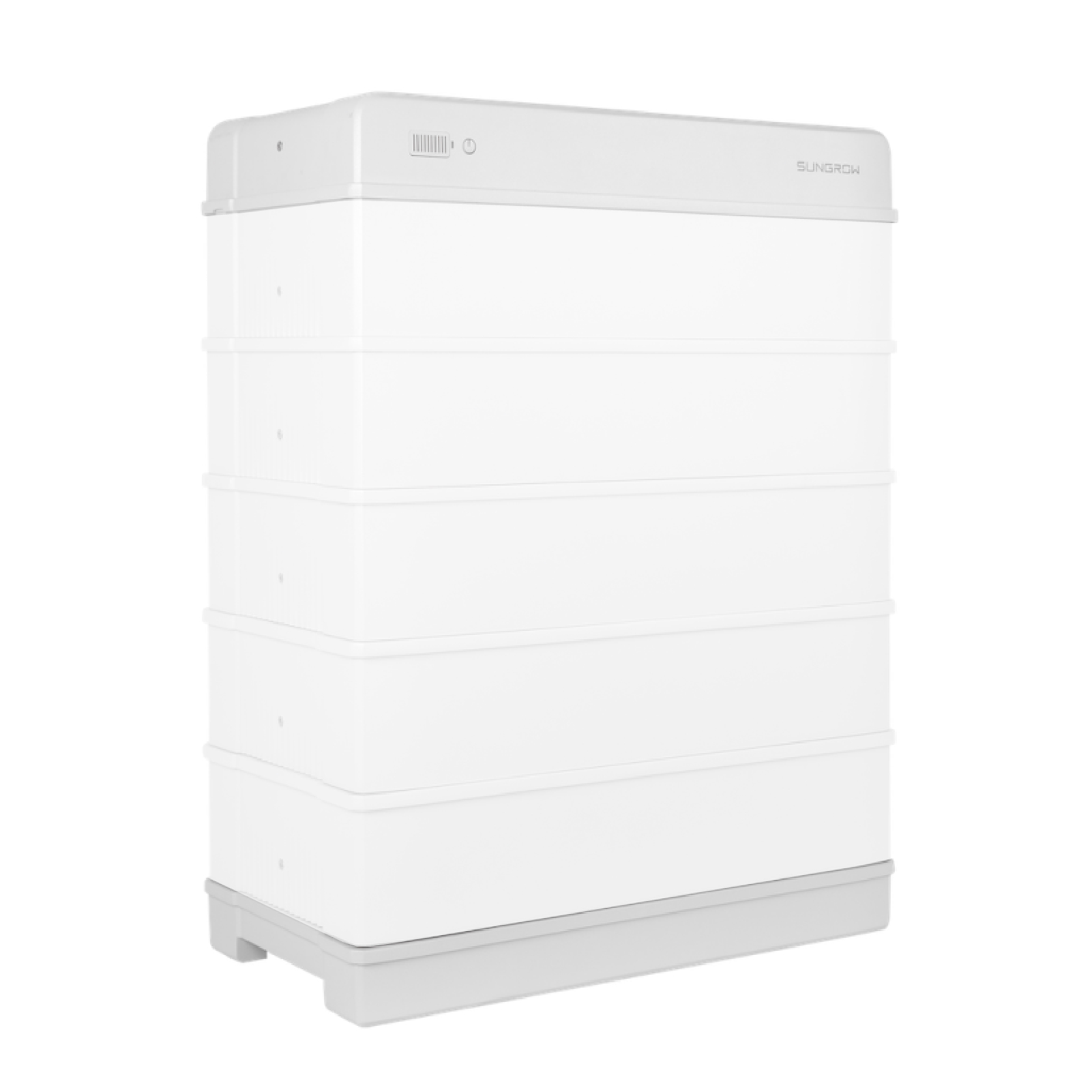The supply and demand for solar batteries continue to increase every year and are set to rise even further over the coming years. More people are discovering that solar batteries are the answer to greater energy independence and lower power bills (a necessity as the cost of living continues to increase). But what’s the best solar battery storage in Australia right now?
The increase in supply means there are more brands and types of solar batteries than ever before, and sometimes the information can get overwhelming. If you’re buying your battery upfront, the price will be sizable, meaning that you can’t afford to make the wrong choice.
Plico is passionate about renewable energy and stays up to date with the latest technology, ensuring that Plico members get the market’s very best. We’ve collated some of the information and considerations you need to know when choosing your solar battery. Read on to find out our pick for the best solar battery currently on offer in Australia.
What size solar battery do I need?
The size of your solar battery matters. We wrote an article outlining how you can calculate an estimate: aspects such as your electricity consumption, number of solar panels, the panels’ efficiency, and budget, among others. Read our article for more information!
So when it comes to choosing your battery, you’ve got to know what storage capabilities will be right for you. This knowledge will help streamline the decision process when selecting your solar battery.
Undersized batteries
An undersized battery is one that’s too small to store enough power to have a meaningful impact on your electricity use. A short time without sunlight, and you’ll be pulling from (and paying for) the electrical grid.
Oversized batteries
An oversized battery is one that has a battery capacity larger than you can fill with solar energy. This could be due to the number of solar panels you have or the climate you live in. The bottom line is that you’ve paid more money (for a bigger battery) than you needed to.
What criteria should I compare when buying a solar battery?
Before sieving through the different solar batteries on the market, you need to know what you’re looking for. What are the essential categories that separate the best from the rest?
Battery type
There are a variety of battery types that differ in how they store and discharge your solar energy. We wrote a blog explaining the four most prevalent – read it here to get a better understanding of their differences.
Lithium-ion batteries have become the most common in the last decade, praised for their versatility and industrious nature. Most of the batteries you’ll be comparing will be lithium-ion, but it’s always helpful to understand different types.
Capacity
This is one of the obvious and essential aspects of your battery – how much solar energy can it store? This will be described in kilowatt-hours (kWh). Your electricity bill will show your average daily energy use (over the billing cycle) in kWh. From there, you can work out the optimal size of your battery to significantly cut down the use of grid energy.
Read our article What Size Solar Battery Do I Need? to help calculate what battery size would be best for you.
Power
A solar battery’s power is how much electricity it can output at once. There are two different power ratings for a battery: continuous power and peak power, each measured in kilowatts (kW).
Continuous power is how much electricity your battery can keep supplying, e.g. appliances that need a regular electricity supply (such as a fridge).
Peak power is the total energy your battery can provide all at once; useful for appliances that you turn on and off and will need a sudden influx of electricity to get up and running.
Owners should view a battery’s power and capacity statistics in tandem as they collectively impact the amount of time your battery can run. For example, if your battery’s capacity is 12kWh and its power output for your home is 3kW, it will run for four hours.
Depth of discharge (DoD)
DoD is how much of your battery’s capacity you can use without degrading it. Lithium batteries have a standard 90% DoD – if you see a DoD above 90%, what you’re actually witnessing is great marketing. Say a lithium-ion battery’s capacity is 14kWh and its usable capacity is 13kWh, a company could list the battery’s capacity as 13kWh and therefore boasts a 100% DoD (because it’s ‘using’ all of its 13kWh capacity).
Round-trip efficiency
This is how efficient your battery is in storing the solar energy created by your panels. For example, if a battery’s round-trip efficiency is 80%, it means that for every 10kWh of solar energy that is pushed its way, it can store 8kWh. This remaining 2kWh is what you’ll sometimes hear referred to as energy that’s ‘lost in transfer’.
Lifespan
Solar batteries are an investment, and you want them to work long enough to recoup their expense and then some. However, battery types differ in their lifespans. For example, lead-acid batteries have a drastically shorter cycle span (up to 3000 cycles) than lithium batteries (more than 6000 cycles).
With a bit of research, you should be able to find the average longevity of a battery. Make sure you get bang for your buck! Plico offers members ten years of ongoing support to take this stress away.
Cost
The final major consideration when choosing a solar battery is the overall expense of the battery (as well as the installation fee). For a detailed look at the cost of solar batteries, read our article: How Much Are Solar Batteries?
The price of getting a solar battery greatly varies, but overall, you tend to get what you pay for, with quality being essential but costing more. Unfortunately, after years of decline, the price of solar batteries has seen an increase in the last year: a financial hurdle too big for some. That’s why Plico created a new solar model – no big upfront costs, one low weekly fee and ten years of ongoing support. We want everyone to be able to get a solar + battery system and start generating and using renewable energy!
Overall winner – #1 best solar battery in Australia for 2023
*In the humble opinion of Plico’s team of specialists (calculated by years of continuous market research).

Image of Pylontech US3000 12.8kWh solar battery (4 x 3.2kWh modules stacked; not in a housing unit).
Pylontech US3000
Here at Plico, because we offer ten years of ongoing monitoring and support, we need to ensure that we’re installing the best equipment on the market. We’re continually reassessing and updating our knowledge as new solar equipment comes into the market. However, right now, our pick for the best all-around battery on the market is the Pylontech US3000.
Why? Durability, efficiency, longevity and flexibility are just some of the reasons. Let’s have a look…
Features
- Compact design that makes it easy to store.
- Extremely durable and works in temperatures ranging from -20oC to 60oC.
- Stackable design allows for a variety of battery capacities.
- Minimum cycle life of 6000 (one of the largest on the market).
- Compatible with most hybrid inverters.
- Easy installation.
Specifications
| Nominal voltage | 48V |
| Nominal capacity | 3.55kWh – 28.4kWh |
| Usable capacity | 3.2kWh – 25.6kWh |
| Dimension | 442mm x 420mm x 132mm |
| Weight | 32kg |
| Discharge voltage | 45V – 53.5V |
| Charge voltage | 52.5V – 53.5V |
| Working temperature | 0oC - 50oC |
| Shelf temperature | -20oC - 60oC |
| Design life | 15+ years |
| Cycle life | Over 6000 cycles |
| DoD | 90% |
| Warranty | 10 years |
Benefits
There’s plenty to talk about but let’s start with the adaptability of the Pylontech US3000. Each 3.55kWh unit is ‘stackable’, meaning that units can be stacked together to create the optimal storage size for your house. You know how you just read about undersized and oversized batteries? This eliminates that problem. Need 12kWh of usable power? That’s four Pylontech US3000s.
The Pylontech US3000 is built with longevity and reliability in mind – able to withstand the Australian climate and can be installed internally or externally. This makes it easier to find the perfect storage place within your property. A cycle life of 6000 and 90% DoD puts it at the top of the pack for durability. It’s also compatible with an extensive range of inverters, making setting up your solar + battery system easy and efficient.
Price
Because solar batteries come in a variety of storage capabilities, the best comparison between solar batteries is cost per usable kWh. Market prices are always subject to change, but at the time of writing, you can purchase one for $2250. This is the price of one battery with a useable kWh capacity of 3.2kWh, making it a cost of $703 per usable kWh.
Drawbacks
There aren’t any major drawbacks to the Pylontech US3000 (which is why it’s taken the #1 spot), but like all lithium batteries, their efficiency will decline over time.
Honourable mention: Tesla Powerwall 2

Image of the Tesla Powerwall 2 solar battery.
The Tesla Powerwall 2 is probably the most talked about solar battery on the market, partly because of its creator – Elon Musk – but also because they’ve delivered some good returns for customers.
Features
- Easy-to-use app helping customers track their solar energy.
- 90% round-trip efficiency.
- Sleek, aesthetic design.
Specifications
| Nominal voltage | 230V |
| Nominal capacity | 14kWh |
| Usable capacity | 13.5kWh |
| Dimension | 1150mm x 753mm x147mm |
| Weight | 114kg |
| Real power, max continuous | 5kW |
| Apparent power, max continuous | 5kVA |
| Working temperature | -20oC – 50oC |
| Recommended temperature | 0oC – 30oC |
| Warranty | 10 years |
| DoD | 96%* |
*Tesla has listed the Powerwall 2 as a DoD of 100%, but this is confusing as they’ve also listed the discrepancy between nominal capacity and usable capacity (14kWh/13.5kWh). That discrepancy makes the DoD 96% (see above point on lithium batteries with DoDs that are above 90%).
Benefits
A DoD of 96% and a round-trip efficiency of 90% are great metrics for a battery’s overall performance. A ten-year warranty also gives Tesla customers some security. Like the Pylontech US3000, the Powerwall’s working temperature is safe in most Australian conditions.
While you don’t get a choice in its size, 13.5kWh of usable capacity is a good size for many, but you still need to do your research to ensure it’s not under or oversized.
Price
The Powerwall 2 is expensive. And it’s just increased in price again, to around $15,000, and that’s without installation costs! Solar battery installation tends to be around $2000 – $3500. So look, there’s no way to sugar-coat it; the Powerwall 2 will require a significant upfront investment, one that many Australians won’t be able to afford.
At $15 000, the Powerwall costs $1111 per usable kWh.
Drawbacks
The Powerwall 2 has a few reviews floating around that lament a breakdown in communication between consumer and company and a lack of control over the battery. However, Tesla is continually updating its software, so it pays to ensure you’re getting the latest information.
As mentioned, if you invest in the Powerwall, you only have the choice of one size: 13.5kWh. So with that lack of flexibility, you need to ensure that it’s the right size for your needs.
A note on inverters and comparing prices
While the Powerwall 2 is by far the most expensive battery, it features an in-built inverter. If you’re unsure of the role an inverter plays within a solar system, read our article on inverters and battery storage. So, for the Pylontech US3000, you’ll need to purchase an inverter. However, the US3000 is significantly cheaper than the Powerwall 2 and is also renowned for its ease of pairing with inverters. So depending on your setup, it’s probable you’ll still come out financially ahead.
Honourable mention: Sungrow SBR

Image of the Sungrow 16kWh solar battery (5 x 3.2kWh modules stacked and in a housing unit).
Sungrow’s SBR lithium-ion battery gets a mention because of its easy installation, variety of sizes and affordable price.
Pros
- Stackable with sizes ranging from 9.6kWh – 25.6kWh.
- DoD 100% (see earlier point).
- Ten-year warranty.
- Approx. $619 per usable kWh (not including installation costs).
Cons
- Only compatible with Sungrow hybrid inverters. (Note: Sungrow inverters don’t have the greatest history of reliability – ensure you research before purchasing a Sungrow SBR battery).
- The starting size is 9.6kWh, creating the issue of an oversized battery for some households.
Comparison chart: The best solar batteries in Australia
| Pylontech US3000 | Tesla Powerwall 2 | Sungrow SBR | |
| Battery type | Lithium-ion | Lithium-ion | Lithium-ion |
| Battery chemistry | Lithium Iron Phosphate (LFP) | Nickel Manganese Cobalt Oxide (NMC) | Lithium Iron Phosphate (LFP) |
| Coupling | DC-coupled | AC-coupled | DC-coupled |
| Usable capacity | 3.2kWh – 25.6kWh | 13.5kWh | 9.6kWh – 25.6kWh |
| Nominal voltage | 48V – 384V | 230V | 192V – 510V |
| DoD | 90% | 96% | 100% |
| Cost per usable kWh | $703 | $1111 | $619 |
AC-coupled vs. DC-coupled solar batteries
We explore the difference between these two coupling systems in our blog: How Do Solar Batteries Work? However, the crux is that DC-coupled batteries are known for having slightly better efficiency and, in many cases, longevity. AC-coupled batteries often provide easier installation, meaning fewer installation costs and the potential to be more straightforward if you’re adding a battery to an existing solar system (of course, this is dependent on a variety of factors).
Want more data?
Many tests are being undertaken on battery systems across Australia, accumulating data that the consumer can access. Have a look at this one or this one by ITP Renewables. Both show testing for the US3000’s predecessor, the US2000B, which has been a consistent performer – not experiencing any notable issues or severe decline (remember those pros of reliability and durability?). Put simply, the US3000 is a bigger and better version of the US2000B, so it’s safe to assume that we’ll see equal high-performing results as testing data is made public in the coming years.
Don’t go solar without a battery!
To maximise your solar energy, you need a battery. Research and find the one that will suit your needs. We believe that these three are at the top of the market and can deliver profitable results for most users.
Want guided help? Chat with a Plico team member to see what solar + battery system could help you become more energy independent. You can also use our Solar Savings Calculator to see how much you could save on your electricity bills.
Plico offers members a solar + battery system without big upfront costs, all for one low weekly price. We'll also maintain your system and provide support for ten years.
Have a question about solar + battery?

